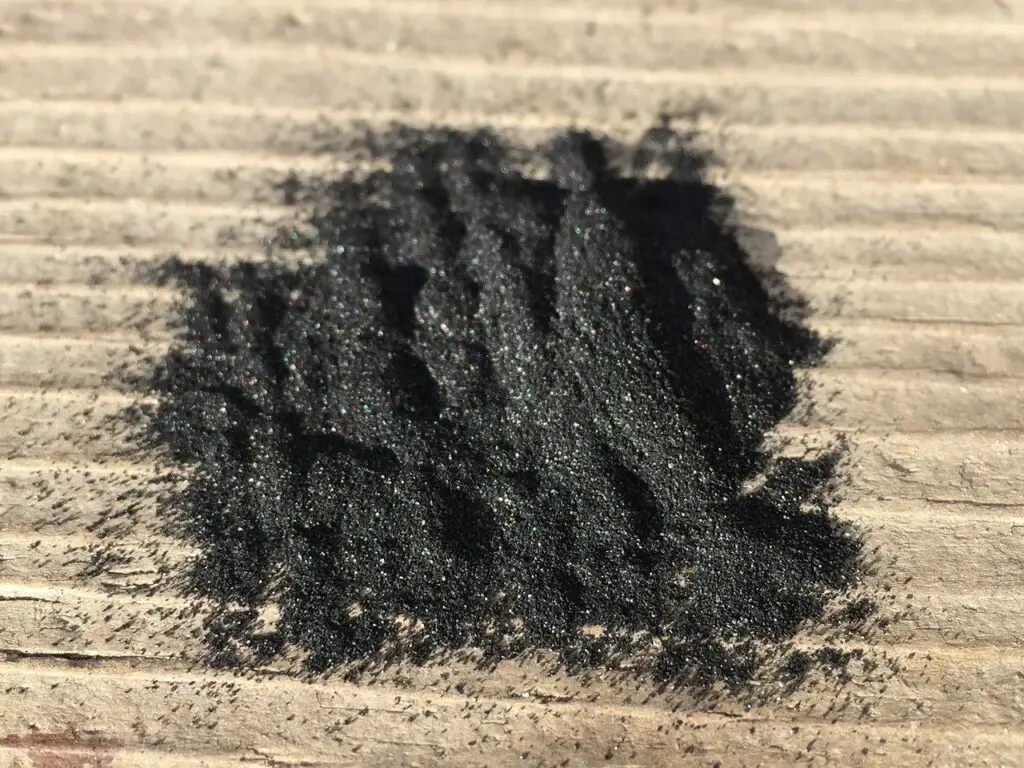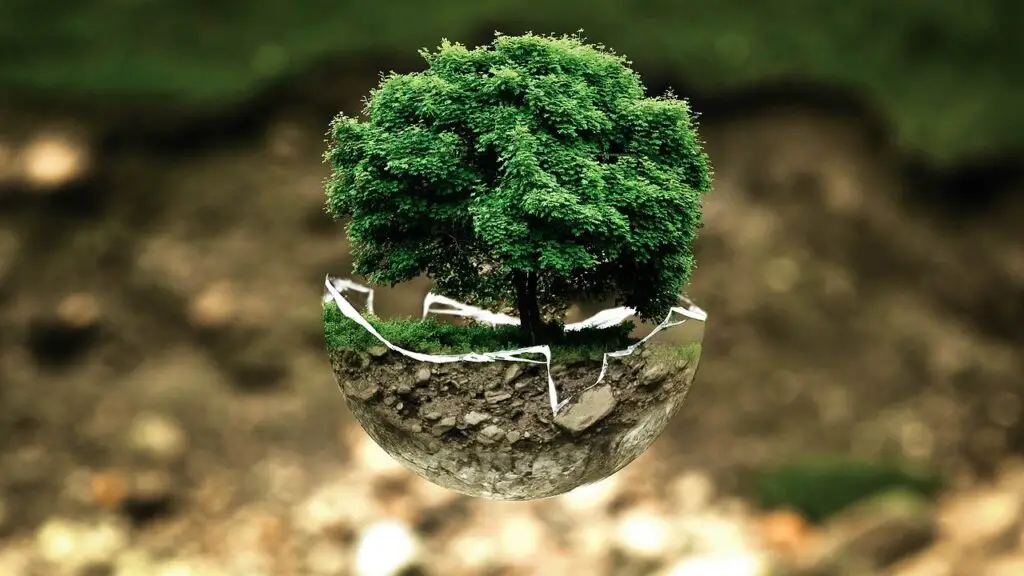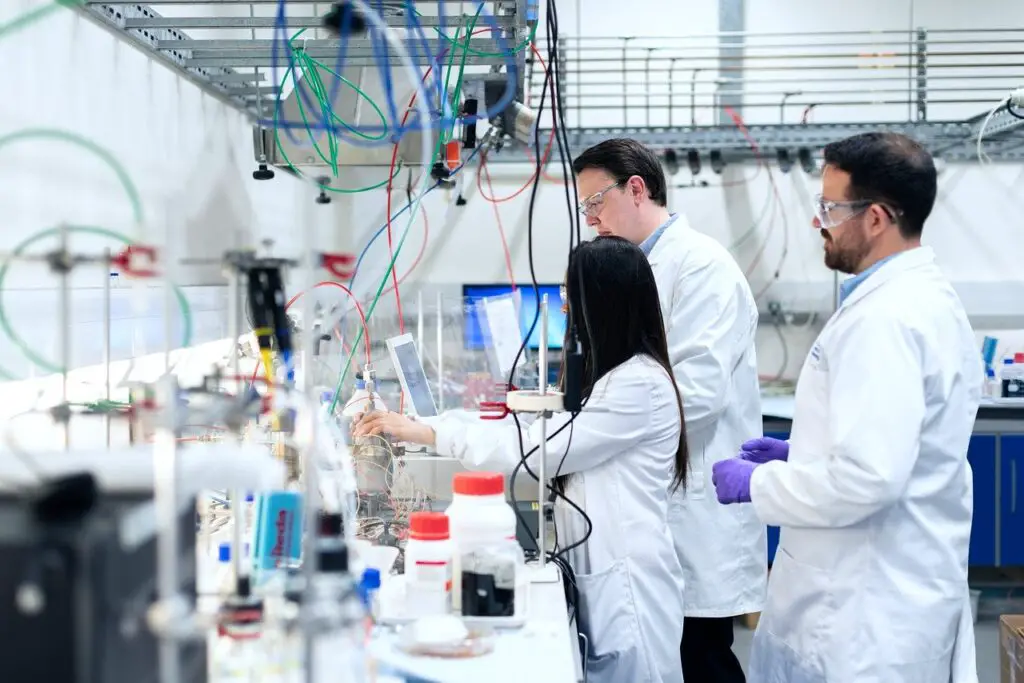How Do Humans Use Carbon Sinks?
Carbon sinks mostly help to reduce the greenhouse effect from the environment as these sinks act as natural or artificial deposits of carbon by absorbing and storing carbon directly or indirectly from the atmosphere.
These are those systems that suck up and store the excess amount of carbon present in the atmosphere.
Humans make use of carbon sinks for various day-to-day use by extracting fossil fuels, natural gases, biomass, and also by producing various metal products, food, beverages, etc.
Humans are properly utilizing the carbon sinks to maintain the physical, chemical, and biological equilibrium in the ecosystem.
They also find its applications in various modern-day industries like the Wood industry, Construction industry, Chemicals, Pharmaceuticals, and Petroleum Industry, etc.
Thus, the Carbon Sinks are actually huge reservoirs of carbon that humans can use for various purposes.
Natural examples of carbon sinks are Coal, Natural Oil, natural gases, methane hydrate, limestone, etc.
The main artificial carbon sinks include landfills, carbon capture and storage processes.
How Do Humans Use Carbon Sinks? Let’s find out:

To reduce climate change emissions, and global temperature rises
The very first and the most vital use of carbon sink is to help humans and other life forms survive.
Humans have now understood the benefits of carbon sink to sustain life on earth.
Environmental conservationists highly agree that in order to reduce the change in climate and to successfully tackle the increasing biodiversity loss we have to govern and manage our available stock of carbon i.e. by making the proper sustainable use of carbon sink.
Due to the process of Carbon sequestration, the storage of carbon dioxide, or other forms of carbon is possible in the carbon sinks that help decrease global warming and avoid dangerous climate change.
Thus, the carbon sink use has made a way to slow the atmospheric and marine accumulation of greenhouse gases a lot.
Due to this, scientists are now discovering more effective ways to increase carbon sinking by producing more and more artificial carbon sinks to help reduce climate change emissions and global temperature rises and other related problems of the environment.

Case of forest biomass
Biomass from the forest particles like fuelwood, wood, leaves, and other forest residues are mostly used as a raw material in a variety of industries like the wood, and furniture industry, and more.
We all know that the trees that constitute the forests are a storehouse of carbon thus acting as an essential carbon sink.
Photosynthesis is the process that is performed by plants through which carbon is absorbed from the atmosphere. The carbon that is being absorbed is deposited in the forest biomass (that includes trunks, branches, roots, and leaves), in dead organic matter (that includes litter and deadwood), and also inside the soils.
This biomass can be converted into solid (wood), liquid, or gaseous biofuels that can then be burned for energy or used as fuel substitutes for transportation or for other industrial processes.
In fact, Carbon constitutes approximately 50% of the dry mass of trees, and when wood from these trees is used to produce wood products the carbon is stored for life in that product.
Just for example, during the construction and framing in our homes, this carbon sink i.e. the wood can last for around 100 years, around 30 years in the case of furniture, 30 years when used in railroad ties, and around 6 years when used as paper approximately.
The stored carbon in biomass like wood, dead animal body, dead plants, etc. is only released back to the atmosphere when the biomass product is burnt or decayed.

To produce Biochar and safely store carbon
Biochar is one of the most important products made from carbon sink materials.
Biochar is actually charcoal produced from plant matter and stored in the soil as a means of removing carbon dioxide from the atmosphere.
It is a very carbon-rich solid that is derived from organic matter of plants when it’s heated in a limited oxygen environment.
Biochar is an extremely useful article in agriculture. It helps retain the soil yield and fertility factor.
For plants that require high potash and elevated pH, biochar can be used as a soil amendment to improve the yield and growth of the plant.
Biochar can improve water quality, reduce soil emissions of greenhouse gases, reduce nutrient leaching, reduce soil acidity, and reduce irrigation and fertilizer requirements.
Not only soil fertility but there are various other prominent uses of biochar as well.
Biochar are used as adsorber in functional clothing, insulation in the building industry, as carbon electrodes in supercapacitors, for electric energy storage batteries, food packaging, wastewater treatment, air cleaning, feed supplements, etc.

Used as fossil fuels
A carbon sink is anything that absorbs more carbon than it releases as carbon dioxide. Places like the ocean beds, landfills, etc. are a massive storehouse of carbon that is used in the production of fossil fuels.
Industries highly dedicated to the extraction of fossil fuels like coal, oil, natural gas, petroleum, etc. are well established in close association with these carbon sinks.
Fossil fuels can range from volatile materials with low carbon-to-hydrogen ratios (for example: methane) to liquids (for example: petroleum) to non-volatile pure carbon materials (for example: anthracite coal).
Life can’t be ever imagined without fossil fuels. Fossil fuels are almost everywhere and humans are directly or indirectly related to their use in one way or the other.
Fossil fuels are found in almost 96% of the items we use each day. One major use of these products is as fuel, gasoline for cars, jet fuel, heating oil, and natural gas used to generate electricity.

As Humus storing soil
Humus is actually a very important source of carbon in the soil. It is produced by the organic component of soil, formed by the decomposition of leaves and other plant materials by soil microorganisms.
Humus makes the soil a massive soil carbon sink. It is very important because it retains moisture in the soil, loosens the soil, and encourages the increase of soil organisms which help make nutrients available to plants.
It is actually a good source of carbon that makes the soil a high yielding and fertile one. It adds body to light soil and loosens heavy, sticky soils thus, improving the growth of crops.
In the present day, humans are highly involved in the production and application of bio-humus. This technology makes use of red worms to process fresh manure filled into a trench to improve soil fertility.
The produced bio-humus is used as an organic fertilizer for vegetable production, protection from soil erosion, etc.
One important thing to note is that when humus is stable, it does not provide a lot of nutrients for plants but instead improves the texture of the soil.
Stable humus occurs when there is the slow oxidation of the soil carbon when materials like charcoal are incorporated into the topsoil.
An example of such a natural occurrence is the formation of the rich soil of the Amazon.

In the production of various ores
Carbon sinks highly find its application in the metal and ore industry as well.
Various carbonates are used to produce metals that we use in our day to day life.
Carbon is present in all carbonate minerals situated in the earth’s crust that are limestone and dolomite, as well as the pure carbon minerals, graphite, and diamond. Thus, these carbonate minerals are a major carbon sink.
Carbonates are those natural minerals found on the earth’s crust that are composed of carbon atoms joined with oxygen to form the carbonate ion (CO3-2). These carbonate ions are known to combine with metal cations to form carbonate minerals.
Various ores are formed from these carbonate minerals. Just like the relatively common carbonate minerals that serve as metal ores are siderite, for iron; rhodochrosite, for manganese; strontianite, for strontium; smithsonite, for zinc; witherite, for barium; and cerussite, for lead.

As healthy foods
Carbon sinks are a major source of food as well. These sinks highly take part in the carbon nutritious cycle.
Just like when we eat green plants and vegetables we intake carbon. This intaken carbon in turn helps build important molecules like carbohydrates, fats, nucleic acids, and proteins in our body.
The main natural carbon sinks are the plants, the oceans, and the soil.
Plants grab carbon dioxide from the atmosphere to use in photosynthesis and these carbon stay in the body of the plant thus making the plants a carbon sink.
The oceans on the other hand are a major carbon storage system which in turn plays an important role in the carbon cycle. And due to this, when we intake the fishes of the ocean, sea, etc. we indirectly intake the carbon from the ocean sink as food.
Meat, cheese, and eggs have the highest carbon rate. Fruit, vegetables, beans, and nuts also have carbons.
If you move towards a mainly vegetarian diet, you can have a large impact on your personal carbon intake as food.
So, how did this carbon entered the food? It’s all due to the presence of carbon sink like green plants, oceans, soil, etc. that transferred carbon to the food we intake through the carbon cycle system either directly or indirectly.

Used in construction materials
Wood, cement, concrete, metals, bricks, clay are the most common type of building material used in construction. The choice of these is based on their cost-effectiveness for building projects.
But, did you ever imagine how these materials are made? In one way or the other, they do have a close association with carbon.
In a typical home or office building, it has been estimated that around 50% to 55% of embodied carbon is in the structure and substructure.
Just like wood is 50% carbon by dry weight, cement and concrete has about 8% carbon in its concentration, etc.
Moreover, you will also find the application of Carbon fiber to be used primarily in the strengthening and reinforcement of concrete, steel, timber, and masonry.
The properties of carbon fiber include its high level of strength, rigidness, and tensile strength. These properties eventually make carbon fiber a very popular material in civil engineering.
All of these materials that are manufactured in the industries use carbons extracted from the various carbon sinks like organic matters, carbonates, soil, landfills, ocean beds, etc.

Maintains the physical, chemical, and biological equilibrium
Carbon sinks help manage the excess amount of carbon in the atmosphere by storing it in its carbon reservoirs. Thus bringing a balance to the carbon availability and its cycle.
The carbon exchanges between reservoirs occur as the result of various chemical, physical, geological, and biological processes as a whole.
All of the living organisms are benefited from it as they get the transfer of carbon to their body for maintaining the various metabolic activities.
It maintains the balance in the physical environment as seen that the carbon cycle prevents all of Earth’s carbon from entering the atmosphere or from being stored entirely in rocks. This balance helps keep Earth’s temperature relatively stable, like a thermostat.
It maintains the chemical equilibrium just like the ocean and the carbon cycle holds massive amounts of carbon, and when the water evaporates it releases carbon into the atmosphere.
Biologically it maintains the equilibrium as by keeping a balance in the flow of carbon from the producers to the consumers and back to the soil by the decomposers following a variety of steps and processes.

Chemicals, Pharmaceuticals and Petroleum Industry Uses
Carbon cycles make it possible to maintain the equilibrium of carbon in the atmosphere thus making it available for the need.
The proper flow of the carbon in the cycle and its extraction from that flow can be utilized in the various chemicals, pharmaceuticals, and petroleum industry.
For example: Landfill gas (LFG) is a natural byproduct of the decomposition of organic material in landfills. LFG is composed of roughly 50% Methane, 5% Carbon dioxide, and a small amount of non-methane organic compounds.
Another such example is Petroleum that is found in the vast underground carbon sinks available beneath the land or ocean floor. Petroleum is extracted from there.
